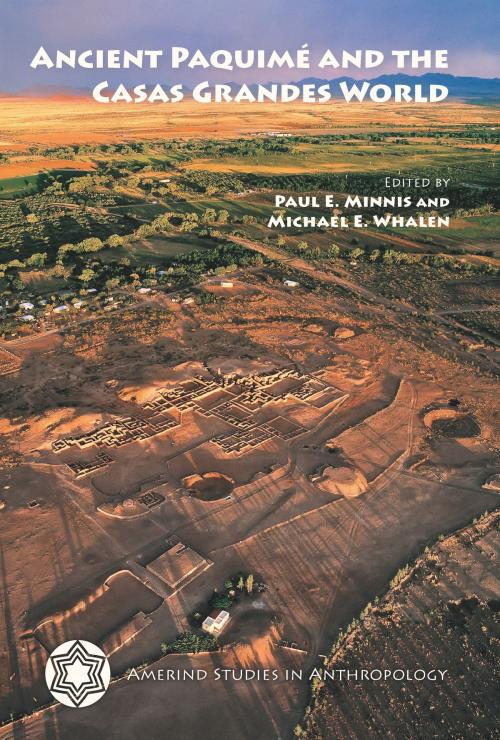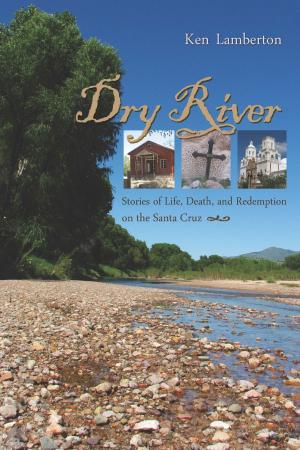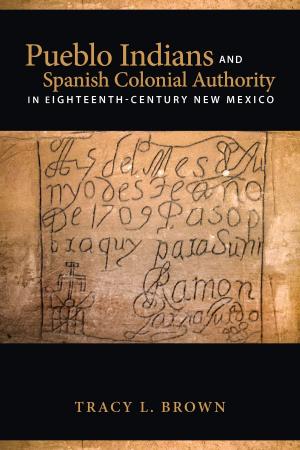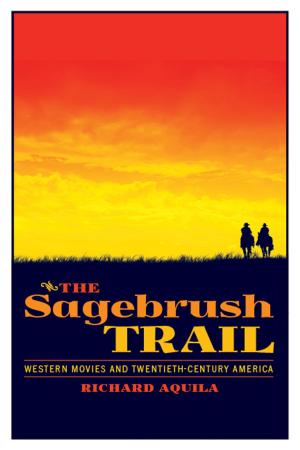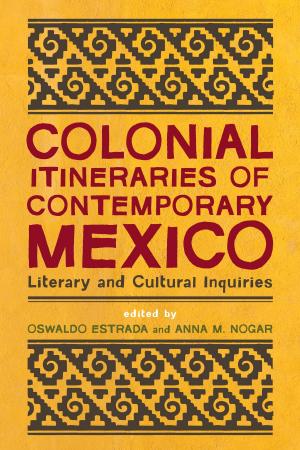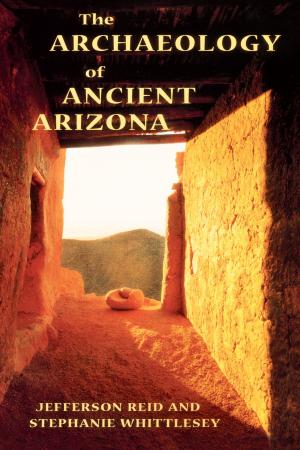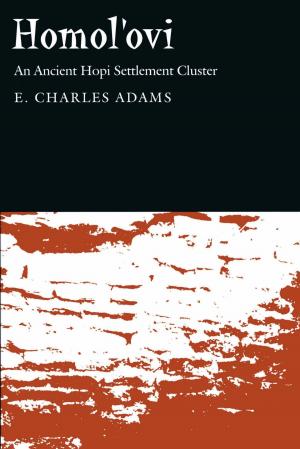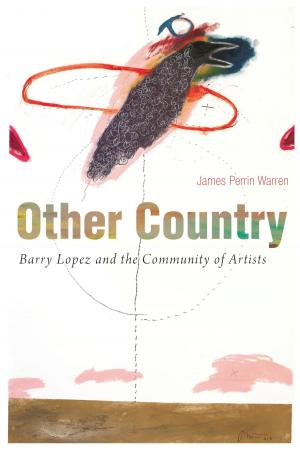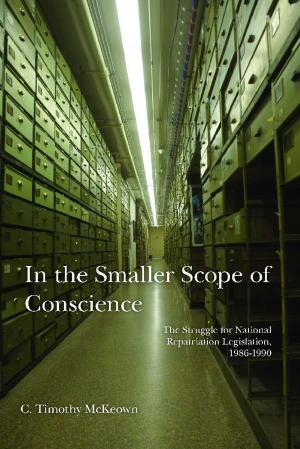Ancient Paquimé and the Casas Grandes World
Nonfiction, Social & Cultural Studies, Social Science, Archaeology| Author: | ISBN: | 9780816502202 | |
| Publisher: | University of Arizona Press | Publication: | March 12, 2015 |
| Imprint: | University of Arizona Press | Language: | English |
| Author: | |
| ISBN: | 9780816502202 |
| Publisher: | University of Arizona Press |
| Publication: | March 12, 2015 |
| Imprint: | University of Arizona Press |
| Language: | English |
Paquimé, the great multistoried pre-Hispanic settlement also known as Casas Grandes, was the center of an ancient region with hundreds of related neighbors. It also participated in massive networks that stretched their fingers through northwestern Mexico and the U.S. Southwest. Paquimé is widely considered one of the most important and influential communities in ancient northern Mexico and is a UNESCO World Heritage Site. Ancient Paquimé and the Casas Grandes World, edited by Paul E. Minnis and Michael E. Whalen, summarizes the four decades of research since the Amerind Foundation and Charles Di Peso published the results of the Joint Casas Grandes Expeditions in 1974.
The Joint Casas Grandes Expedition revealed the extraordinary nature of this site: monumental architecture, massive ball courts, ritual mounds, over a ton of shell artifacts, hundreds of skeletons of multicolored macaws and their pens, copper from west Mexico, and rich political and religious life with Mesoamerican-related images and rituals. Paquimé was not one sole community but was surrounded by hundreds of outlying villages in the region, indicating a zone that sustained thousands of inhabitants and influenced groups much farther afield.
In celebration of the Amerind Foundation’s seventieth anniversary, sixteen scholars with direct and substantial experience in Casas Grandes archaeology present nine chapters covering its economy, chronology, history, religion, regional organization, and importance. The two final chapters examine Paquimé in broader geographic perspectives. This volume sheds new light on Casas Grandes/Paquimé, a great town well-adapted to its physical and economic environment that disappeared just before Spanish contact.
Paquimé, the great multistoried pre-Hispanic settlement also known as Casas Grandes, was the center of an ancient region with hundreds of related neighbors. It also participated in massive networks that stretched their fingers through northwestern Mexico and the U.S. Southwest. Paquimé is widely considered one of the most important and influential communities in ancient northern Mexico and is a UNESCO World Heritage Site. Ancient Paquimé and the Casas Grandes World, edited by Paul E. Minnis and Michael E. Whalen, summarizes the four decades of research since the Amerind Foundation and Charles Di Peso published the results of the Joint Casas Grandes Expeditions in 1974.
The Joint Casas Grandes Expedition revealed the extraordinary nature of this site: monumental architecture, massive ball courts, ritual mounds, over a ton of shell artifacts, hundreds of skeletons of multicolored macaws and their pens, copper from west Mexico, and rich political and religious life with Mesoamerican-related images and rituals. Paquimé was not one sole community but was surrounded by hundreds of outlying villages in the region, indicating a zone that sustained thousands of inhabitants and influenced groups much farther afield.
In celebration of the Amerind Foundation’s seventieth anniversary, sixteen scholars with direct and substantial experience in Casas Grandes archaeology present nine chapters covering its economy, chronology, history, religion, regional organization, and importance. The two final chapters examine Paquimé in broader geographic perspectives. This volume sheds new light on Casas Grandes/Paquimé, a great town well-adapted to its physical and economic environment that disappeared just before Spanish contact.
